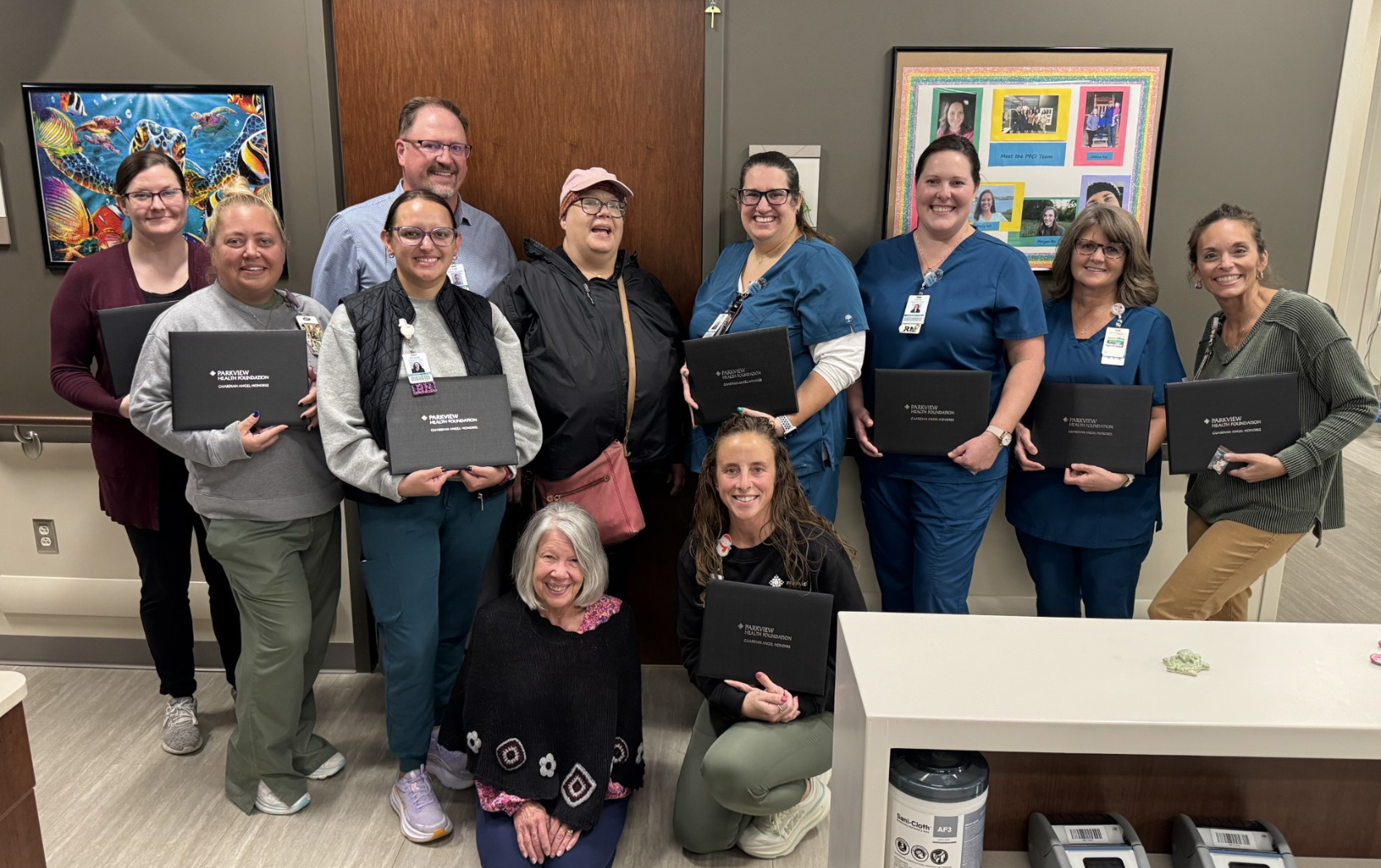It’s believed that as many as 10 million Americans feel the pain associated with common Temporomandibular Joint disorders, or TMJ. Crystal Bourcier, DPT, COMT, Manager, Parkview TherapyONE–Southwest, shares the benefits of physical therapy for these patients, and how some simple adjustments can offer relief today.
What is TMJ?
When people say they think they have or have been diagnosed with TMJ, it means they are experiencing pain of this joint, causing them limitations, but TMJ actually stands for Temporomandibular Joint. This is the main joint in the jaw.
Symptoms of TMJ.
A variety of symptoms can be associated with TMJ disorders, including jaw pain, limited or painful jaw motion, headaches, neck pain or stiffness, joint noises, tinnitus (ringing in the ears) and an inability to open the mouth.
Addressing symptoms through physical therapy.
It’s important that patients first confirm that their discomfort is a result of TMJ. For example, tinnitus and headaches can have a variety of causes so a patient should be evaluated by a primary care provider initially to rule out other issues. If a patient is experiencing any of the symptoms listed above as a result of a TMJ disorder, each one of them can be positively influenced by physical therapy interventions. Once cleared by a specialist, physical therapy can be beneficial in reducing pain and improving function.
Treatment
Treatment for TMJ-related pain can include manual therapy techniques, where soft tissues that surround the upper cervical spine and muscles of mastication (chewing muscles) can be released to provide pain relief. Joint mobilizations of the upper cervical spine and the TMJ itself are also helpful to promote pain-free movement to open the jaw. Postural training is important to teach patients to avoid overloading the cervical spine and promoting compressive forces through the TMJ. Our physical therapists believe teaching patients how to perform stretching and strengthening exercises for the cervical spine and “chewing muscles” at home is helpful for self-managing symptoms.
What should you expect during your office visit?
Manual therapy means treatment from the therapists’ hands. This often requires gloved hands working inside the patient’s mouth to release muscles used for chewing. Soft tissue massage and joint mobilizations will also be performed outside the mouth along the jaw and upper cervical spine. You will receive exercises and pictures for home use to practice stretching and strengthening. You will also receive guidance about diet to avoid eating foods that can increase TMJ pain.
Do you need a referral?
Any patient experiencing TMJ pain can walk into a patient clinic and schedule an appointment without an order from an MD. The patient will be asked who their primary care physician is to allow the physical therapist to communicate with the primary care physician about the patient’s status. This is the best way to provide well rounded care.
3 simple changes you can make at home
1. Posture. Focus on correcting poor posture through postural awareness at a computer, in the car, or anywhere where you tend to hold your head forward and slouch your shoulders.
2. Diet and chewing changes. Cut food into small bites and avoid opening wider than the thickness of your thumb. Do not eat foods that are really chewy or crunchy that require prolonged chewing (no gum). Do not bite food with your font teeth.
3. Tongue positioning. Find the resting position for your tongue. Make a clucking sound by positioning your tongue on the hard palate of the mouth. This position of the tongue allows for muscle relaxation and appropriate nasal breathing which can reduce pain.
For more information about Parkview TherapyONE, or to schedule an appointment, visit Parkview.com/therapyone or call (260) 266-7400.




